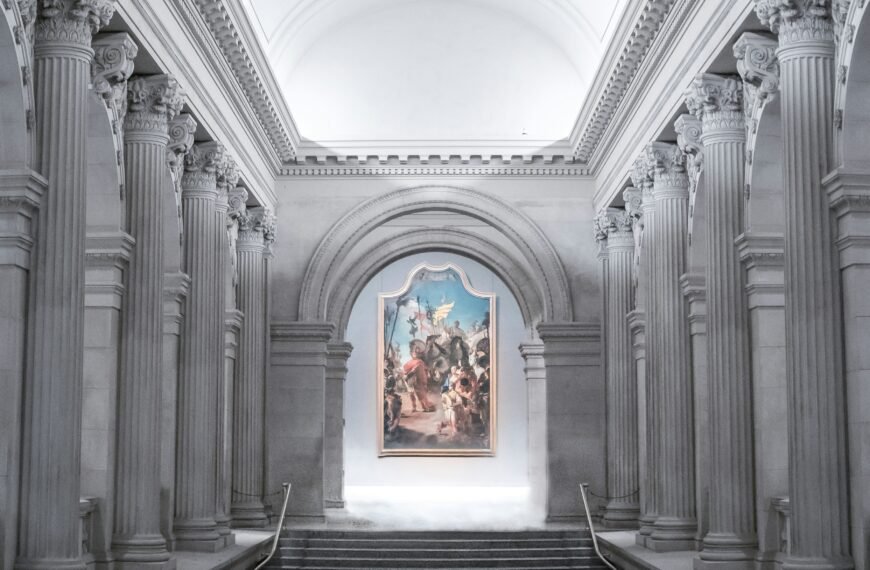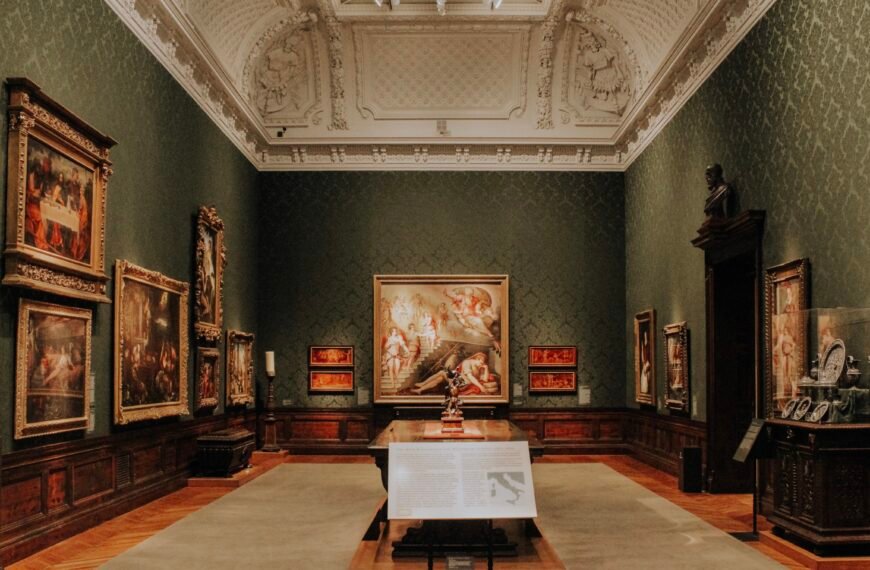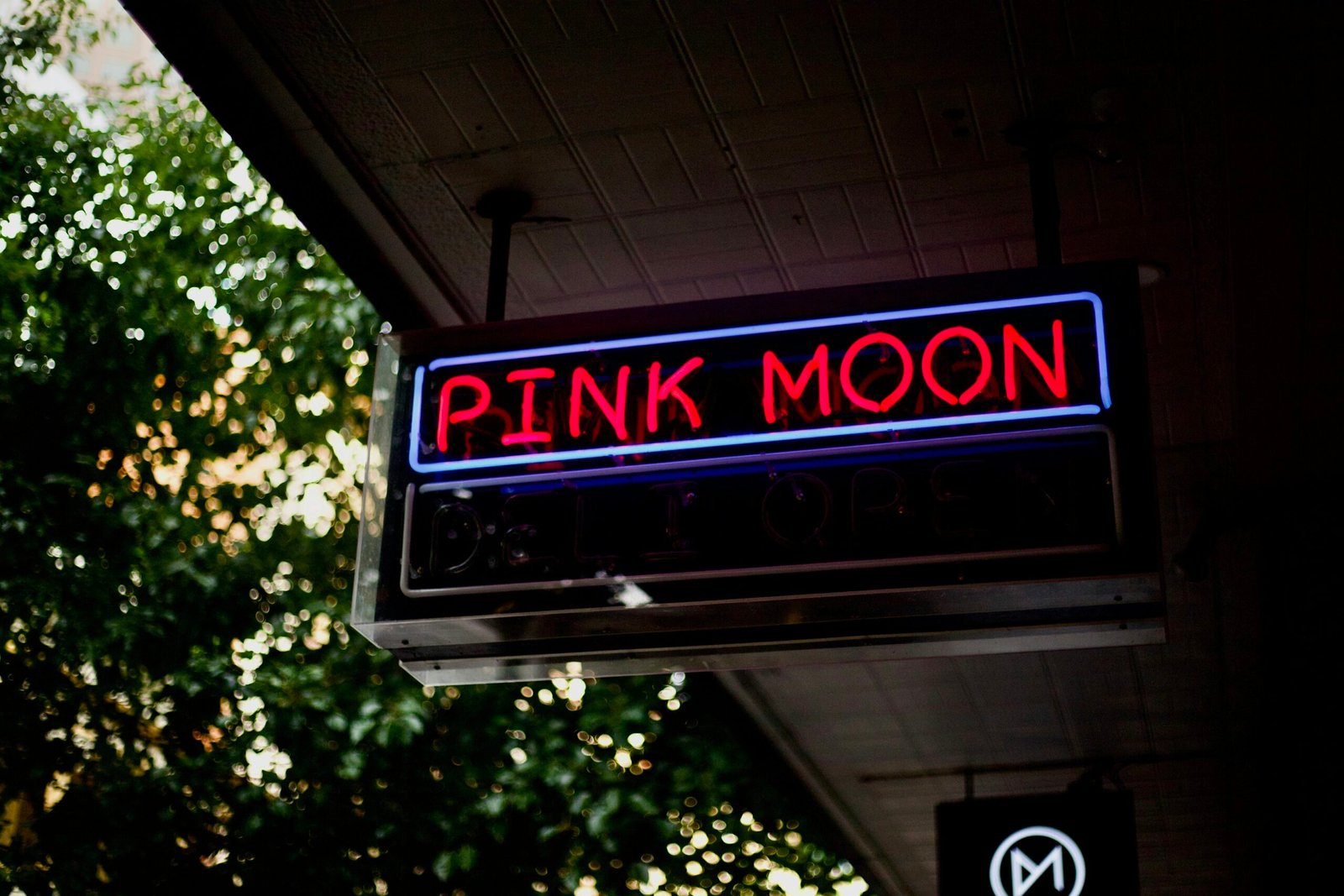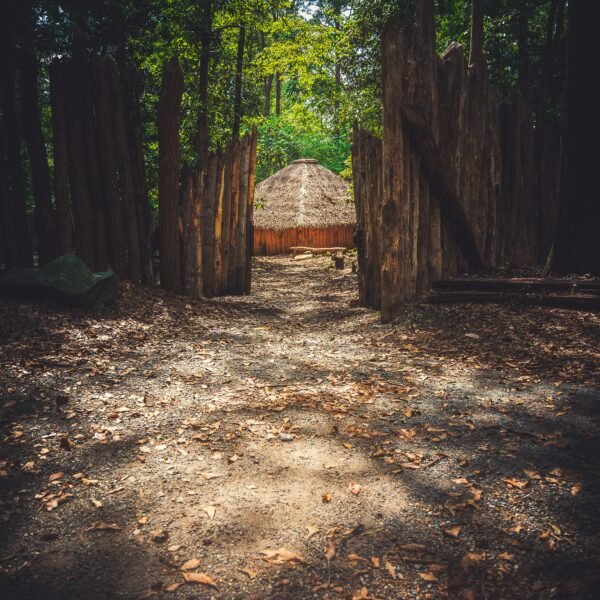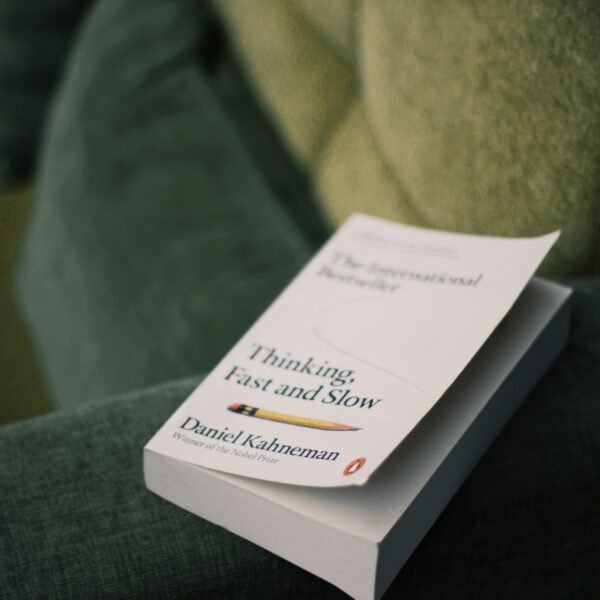Located in the heart of London, the British Museum is a truly captivating destination that houses a vast collection of historical artifacts from around the world. As you navigate through its grand corridors and intricate galleries, you will be transported through time and space, encountering treasures from ancient civilizations and distant lands. With its iconic architecture and rich cultural heritage, the British Museum is not to be missed for any history enthusiast or curious traveler seeking to explore the wonders of our shared human history.
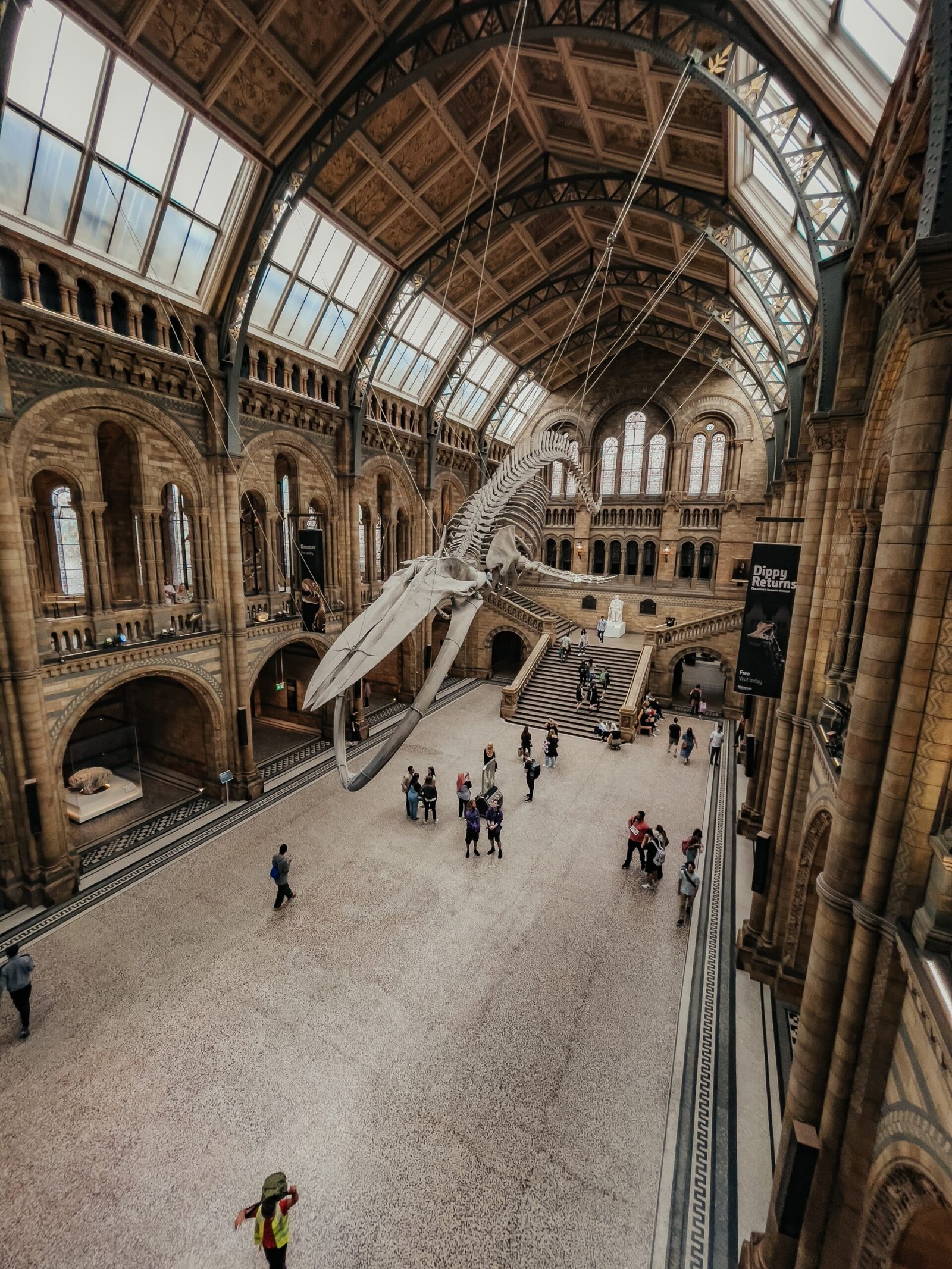
About the British Museum
Overview of the British Museum
The British Museum is one of the most renowned and significant museums worldwide. Located in London, it boasts an extensive collection of art and artifacts from various civilizations throughout history. With its mission to promote the understanding of human history and culture, the museum attracts millions of visitors each year. Whether you have a passion for ancient history, art, or simply enjoy exploring different cultures, the British Museum offers a fascinating journey through time.
History of the British Museum
The British Museum has a rich and storied history dating back to the 18th century. It was established in 1753 and soon became the first national public museum in the world. Initially, the museum’s collection primarily included books, manuscripts, and natural history specimens. Over time, it expanded its acquisitions to cover a wide range of cultural artifacts. The museum owes its remarkable collection to the dedication, passion, and relentless efforts of generations of curators, collectors, and donors. Today, it stands as a testament to the wealth of human artistic and historical achievements.
Collections and Exhibitions
The British Museum boasts an astonishing collection spanning over two million years of history. It encompasses a vast array of civilizations and cultures, including ancient Egypt, Greece, Rome, the Middle East, and Asia. The museum’s Egyptian collection is particularly noteworthy, housing iconic artifacts such as the Rosetta Stone and the monumental statues of Pharaoh Ramesses II. Visitors can also immerse themselves in the world of Greek and Roman art, exploring sculptures, pottery, and decorative arts from these classical civilizations. Additionally, the museum showcases masterpieces from the Middle East and an extensive collection of Asian art, offering a comprehensive overview of human creativity and achievement.
Location
Address of the British Museum
The British Museum is located at Great Russell Street, London, WC1B 3DG, United Kingdom. Situated in the heart of the city, it is easily accessible by various means of transportation.
Map and Directions
To find your way to the British Museum, you can use online maps or navigation systems. These tools will provide you with detailed directions based on your starting point, ensuring a smooth and hassle-free journey.
Neighborhood
The British Museum is situated in the vibrant Bloomsbury neighborhood of London. Known for its literary heritage and intellectual atmosphere, Bloomsbury offers an enticing blend of historic charm and modern amenities. Within walking distance of the museum, you can explore famous landmarks such as Russell Square and Covent Garden. With an abundance of cafes, restaurants, and shops, the neighborhood offers ample opportunities for relaxation, dining, and shopping.
Visiting Information
Opening Hours
The British Museum welcomes visitors throughout the year, from 10:00 AM to 5:30 PM, except for Fridays when it extends its opening hours until 8:30 PM. This allows visitors ample time to explore the extensive collections and exhibitions at their own pace.
Admission Fees
Entry to the British Museum is free of charge, making it accessible to everyone. However, there may be fees for specific exhibitions or events hosted by the museum. Keep in mind that donations are welcome, as they contribute to the conservation and preservation of the museum’s vast collection.
Accessibility
The British Museum is committed to ensuring accessibility for all visitors. The museum provides wheelchair access, elevators, and accessible toilets throughout the premises. Additionally, audio guides and large print guides are available for those with visual impairments. Visitors who require assistance can reach out to the museum staff, who are always ready to support and accommodate special needs.
Facilities
To enhance your visit, the British Museum offers a range of facilities. These include cloakrooms where you can securely store your belongings, as well as lockers for larger items. The museum also provides baby changing facilities and extra seating areas for those in need of a break. Cafes and restaurants are conveniently located within the museum, offering a variety of dining options to suit different preferences.
Getting to the British Museum
Public Transportation
The British Museum is well-served by public transportation. The nearest underground station is Tottenham Court Road, which is only a short walk away. Other nearby stations include Holborn and Russell Square. Various bus routes also stop close to the museum, ensuring easy access for visitors from different parts of the city.
Driving and Parking
If you prefer to drive to the British Museum, there are car parks available in the vicinity. However, due to the central location and limited parking spaces, it is advisable to use public transportation or alternative modes of travel, as parking can be challenging and expensive in this busy area.
Cycling
London offers an extensive cycling network, and the British Museum is easily accessible to those who choose to travel by bike. Conveniently, the museum provides secure bicycle parking facilities, allowing visitors to explore the collections while keeping their bicycles safely stored.
Walking
For those located near the museum or in the nearby neighborhoods, walking is a pleasant and convenient option. London is a pedestrian-friendly city, and walking to the British Museum provides an opportunity to experience the surrounding atmosphere and landmarks.

Nearby Attractions
British Museum Reading Room
An iconic part of the British Museum’s history is the Reading Room, which is located within the museum. While no longer functioning as a reading room, it offers a glimpse into the intellectual legacy of the museum. Visitors can marvel at the magnificent architecture and explore the reading room’s historical significance.
Russell Square
Just a short walk from the British Museum lies Russell Square, a beautiful and peaceful green space perfect for relaxation. The square features well-manicured gardens, a charming café, and benches for visitors to enjoy. It is an ideal spot to rest and recharge after exploring the museum.
Covent Garden
Covent Garden is a vibrant district renowned for its lively atmosphere, street performers, and diverse shops. Located nearby, it offers an exciting array of restaurants, theaters, and unique boutiques. From dining to shopping and entertainment, Covent Garden is an excellent destination to complement your visit to the British Museum.
British Library
For those with a love for literature and academia, the British Library is a must-visit attraction near the British Museum. This vast library houses a comprehensive collection of books, manuscripts, and historical documents. In addition to its impressive holdings, the British Library hosts various exhibitions and events, providing a captivating journey through the world of literature and knowledge.
History of the Building
Architectural Style
The British Museum building showcases an architectural style that combines Neoclassical elements with Greek Revival influences. Designed by Sir Robert Smirke, the building’s grand facade features imposing columns and intricate details, reflecting the grandeur of ancient civilizations. The architectural style adds to the museum’s allure, creating a fitting environment for the extraordinary treasures within.
Construction
Construction of the British Museum building began in 1823 and was completed in 1847. The construction process involved remarkable engineering feats and attention to detail. The iconic Reading Room, located within the museum, was added later in the 19th century. The building’s design and construction reflect the museum’s commitment to providing a magnificent setting for its collections.
Renovations
Over the years, the British Museum has undergone various renovations to improve and expand its facilities. These renovations have allowed for enhanced accessibility, updated exhibition spaces, and improved conservation measures. The museum’s commitment to continuous improvement ensures the preservation and presentation of its outstanding collection for future generations to enjoy.
Important Dates
The British Museum’s history is marked by several significant dates. In 1753, the museum was founded and opened its doors to the public, establishing itself as a space for learning and discovery. The construction of the current museum building commenced in 1823, with completion achieved in 1847. In 1973, the British Museum expanded with the opening of the Clore Education Centre, further enriching its mission to educate and engage visitors.
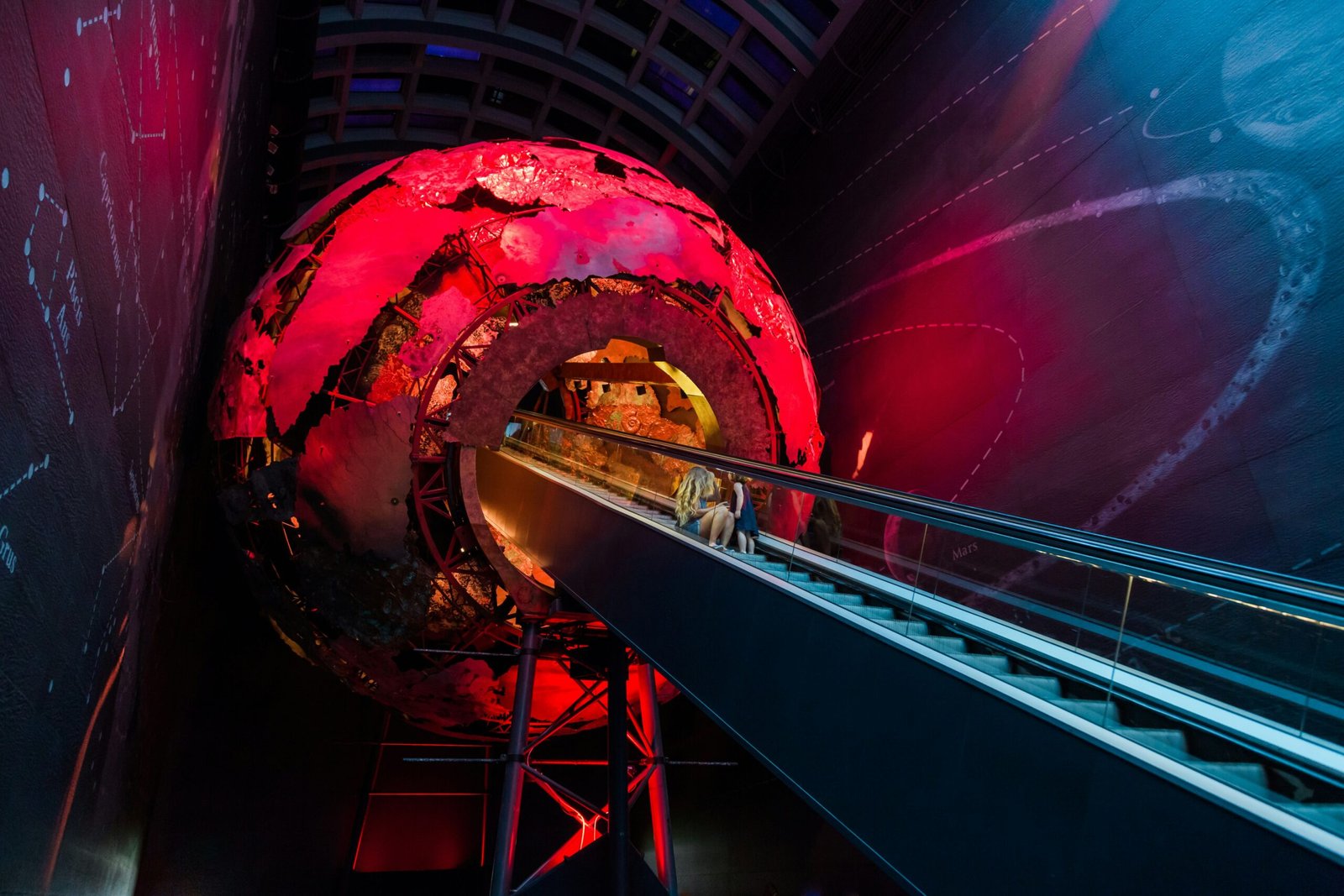
Collections and Artifacts
Egyptian Collection
The British Museum’s Egyptian collection is one of the most extensive and renowned in the world. It encompasses a vast range of artifacts, including legendary pieces like the Rosetta Stone, the key to deciphering ancient hieroglyphs. The collection showcases the artistic achievements, religious practices, and daily life of ancient Egyptians through sculptures, jewelry, tomb reliefs, and more.
Greek and Roman Art
The museum’s collection of Greek and Roman art offers a captivating insight into the classical civilizations that shaped Western culture. Visitors can admire breathtaking sculptures, awe-inspiring pottery, and exquisite jewelry from ancient Greece and Rome. These artifacts not only reveal the artistic mastery of these civilizations but also shed light on their mythology, societal norms, and historical events.
Middle Eastern Art
The Middle Eastern art collection at the British Museum encompasses a diverse range of artifacts from Mesopotamia, Persia, and the Islamic world. It showcases the region’s rich cultural heritage, featuring masterpieces such as the Cyrus Cylinder and the Lion Hunt Reliefs from the ancient city of Nineveh. These artifacts provide glimpses into the ancient empires, religious beliefs, and craftsmanship of the Middle East.
Asian Art
The British Museum houses an extensive collection of Asian art, showcasing the diverse cultures and artistic traditions of the continent. From ancient Chinese ceramics and Japanese prints to Indian sculptures and Southeast Asian textiles, this collection offers a comprehensive exploration of Asian art history. Visitors can marvel at the beauty and intricacy of these artworks, gaining a deeper appreciation for the rich tapestry of Asian cultures.
Notable Exhibitions
Current Exhibitions
The British Museum continuously hosts exciting and thought-provoking exhibitions that highlight various aspects of human history and culture. These rotating exhibitions provide visitors with the opportunity to delve deeper into specific themes or periods, complementing the museum’s permanent collections. From exploring ancient civilizations to contemporary art, there is always something new and captivating to discover at the British Museum.
Past Exhibitions
Throughout its history, the British Museum has presented numerous captivating exhibitions, showcasing artifacts and artworks from across the globe. These exhibitions have covered a wide range of topics, from ancient civilizations and historical events to artistic movements and cultural exchange. Though these exhibitions may have concluded, their impact on visitors’ understanding and appreciation of human history continues to inspire.
Upcoming Exhibitions
The British Museum is constantly planning and preparing for future exhibitions, ensuring there is always fresh and engaging content for visitors to enjoy. These upcoming exhibitions promise to present new perspectives, uncover hidden stories, and delve into unexplored corners of the museum’s vast collection. Keep an eye on the museum’s website or subscribe to their newsletter to stay informed about the exciting exhibitions on the horizon.
Educational Programs
Guided Tours
To enhance visitors’ experience, the British Museum offers guided tours led by knowledgeable and passionate experts. These tours provide fascinating insights into the collections, allowing visitors to deepen their understanding of the artifacts and the civilizations that created them. Whether you are a history enthusiast or simply curious about the world, a guided tour can offer a captivating journey through human culture.
Workshops
For those craving a more hands-on experience, the museum organizes workshops where visitors can learn ancient techniques, try their hand at archaeological methods, or explore artistic practices. These workshops provide a unique opportunity to engage directly with the museum’s collection, gaining a deeper appreciation for the skills and craftsmanship behind ancient artifacts.
Lectures and Talks
The British Museum regularly hosts lectures and talks by esteemed scholars, experts, and artists. These events provide a platform for intellectual discourse and an opportunity to explore specific aspects of human history and culture in more detail. Attending these lectures and talks can broaden your knowledge and offer fresh perspectives on the museum’s collections.
Family Activities
The British Museum caters to visitors of all ages, with a range of engaging activities tailored specifically for families. These activities include interactive tours, art workshops, and storytelling sessions that bring the museum and its collection to life for younger visitors. Family activities foster a love for learning and offer a unique way for families to bond while exploring history together.
Dining and Shopping
Cafes and Restaurants
Throughout the museum, visitors can find a variety of cafes and restaurants to suit different tastes and dietary requirements. Whether you’re in need of a quick coffee and pastry or a leisurely sit-down meal, the museum’s dining options offer a delightful break from your exploration. Enjoy a meal surrounded by the grandeur of the museum or grab a quick snack to refuel before continuing your journey through history.
Museum Shop
Before leaving the British Museum, be sure to visit the museum shop, where you can find an array of unique, high-quality souvenirs and gifts. From books and replicas of iconic artifacts to jewelry and art prints, the shop offers a diverse selection of items that allow you to take a piece of the museum home with you. Whether you’re looking for a memento of your visit or a special gift for a loved one, the museum shop has something for everyone.
With its remarkable collections, engaging exhibitions, and commitment to education, the British Museum offers an unforgettable experience for visitors of all backgrounds and interests. From ancient civilizations to contemporary art, the museum’s extensive offerings provide a window into the diverse cultures that have shaped our world. So, whether you’re a history enthusiast, art lover, or simply curious about the wonders of human history, a visit to the British Museum will leave you inspired and enlightened.


